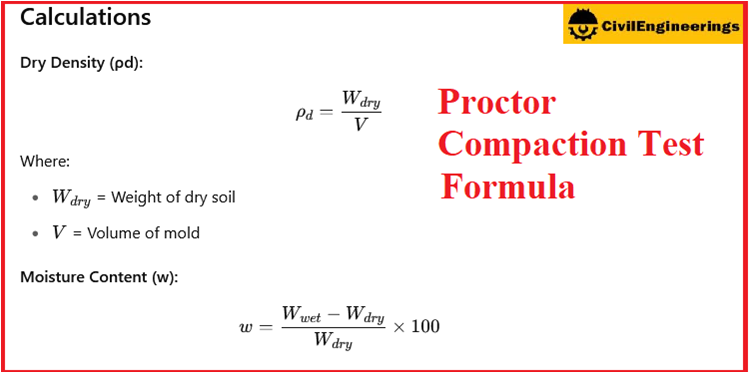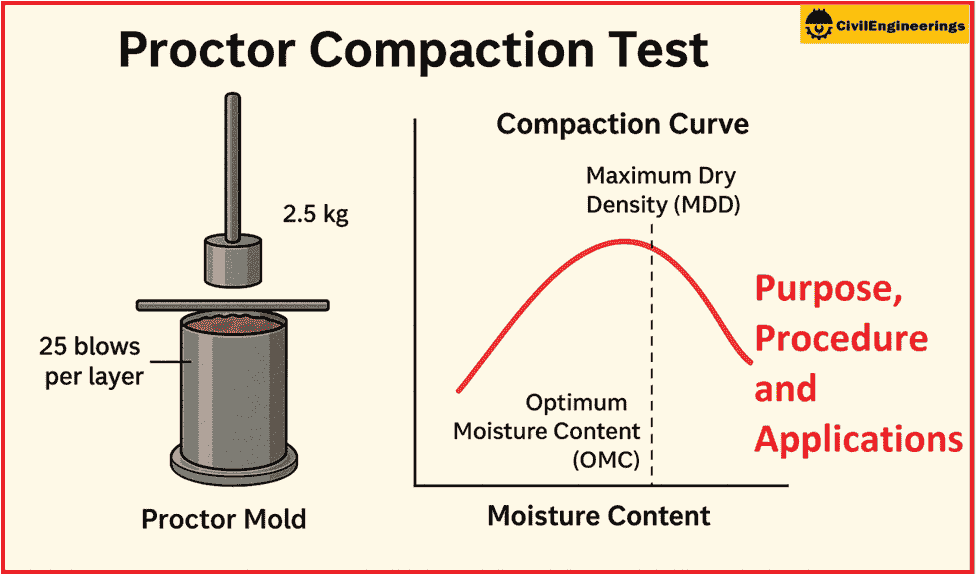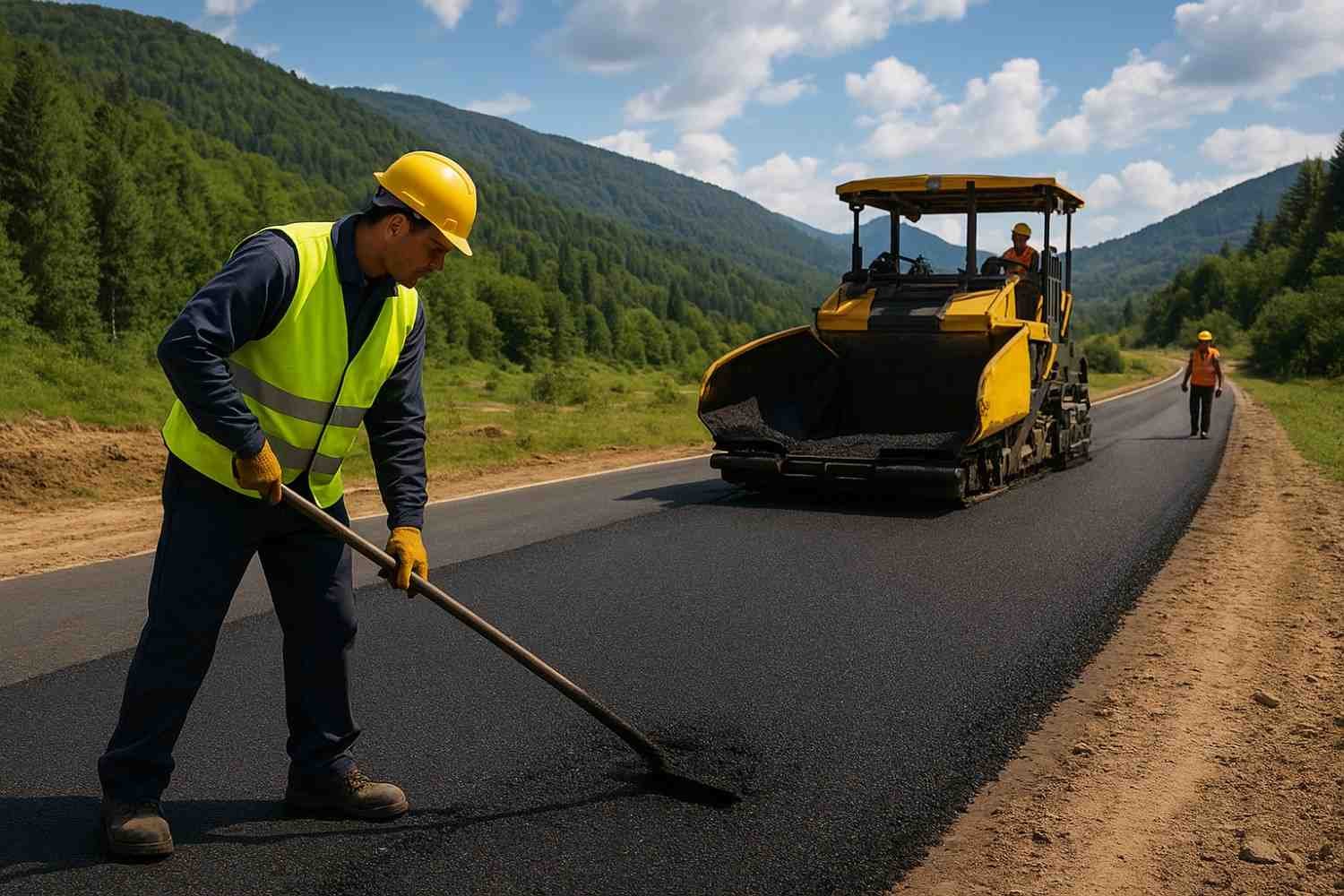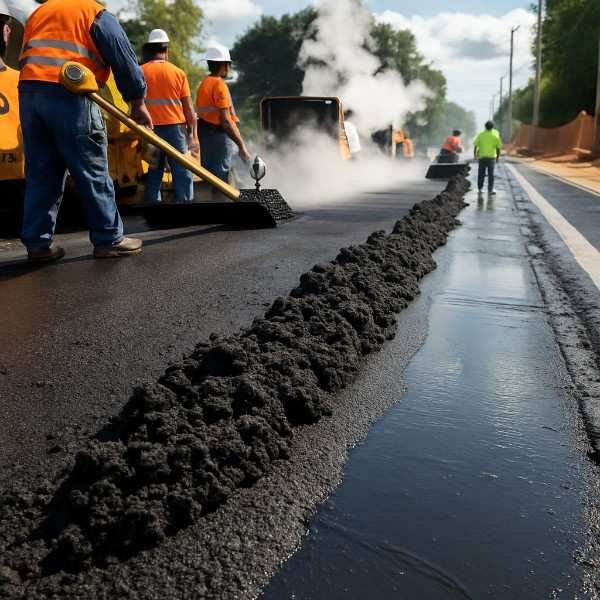Table of Contents
Introduction
In geotechnical engineering soil compaction plays an important role in ensuring the stability and durability of construction projects because this component is the base for the whole construction project. If this is weak, the entire project may collapse. Proctor Compaction Test is a fundamental laboratory test that determines the optimal moisture content at which soil will reach its maximum dry density. Based on the results of this test, engineers design the earthworks for foundations, embankments and roadways etc.
What is the Proctor Compaction Test?
Proctor Compaction Test is developed by R.R. Proctor in 1933 to measure the relationship between the moisture content of soil and its dry density. The aim is to find the optimum moisture content (OMC) and maximum dry density (MDD) for a given soil type. There are two common types of Proctor tests: Standard Proctor Test (ASTM D698) and Modified Proctor Test (ASTM D1557).
Purpose of the Proctor Compaction Test
- To determine the optimum water content for soil compaction.
- To achieve maximum dry density for better strength and stability.
- To design appropriate compaction specifications for construction projects.
- To improve load bearing capacity and reduce settlement issues.
Equipment for Proctor Compaction Test
- Proctor mold (typically 1/30 cubic foot volume)
- Compaction hammer (2.5 kg for Standard, 4.5 kg for Modified)
- Weighing balance
- Oven (for drying samples)
- Straight edge
- Steel rammer
- Soil sample
- Moisture content containers
Procedure of the Proctor Compaction Test
- At first air dry the soil and pass it through a 4.75 mm sieve to remove large particles.
- Add anappropriate amount of water to the soil and mix thoroughly.
- Fill the mold in three equal layers.
- Compact each layer with 25 blows of the hammer.
- Level the surface with a straight edge.
- Record the weight of the compacted soil and mold.
- Take a small soil sample from the mold to determine its moisture content by oven drying.
- Increase the water content incrementally and repeat the steps to get different readings.
- Plot dry density against moisture content to identify the peak point that is OMC and MDD.
Calculations for OMC & MDD

Importance of Proctor Compaction Test
- Ensures soil strength and stiffness.
- Reduces future settlement and soil swelling.
- Provides necessary data for earthworks design.
- Ensures long term performance of pavements, embankments, and foundations.
Applications
- Highway and road construction
- Airport runway construction
- Earth dam construction
- Backfilling around foundations
- Railway embankments etc...
Conclusion
Proctor Compaction Test is an essential soil test in civil engineering projects . Understanding and achieving the right soil compaction ensures the safety, durability and efficiency of all types of construction works. Therefore, it is necessary to determine the OMC and MDD before starting any project.






